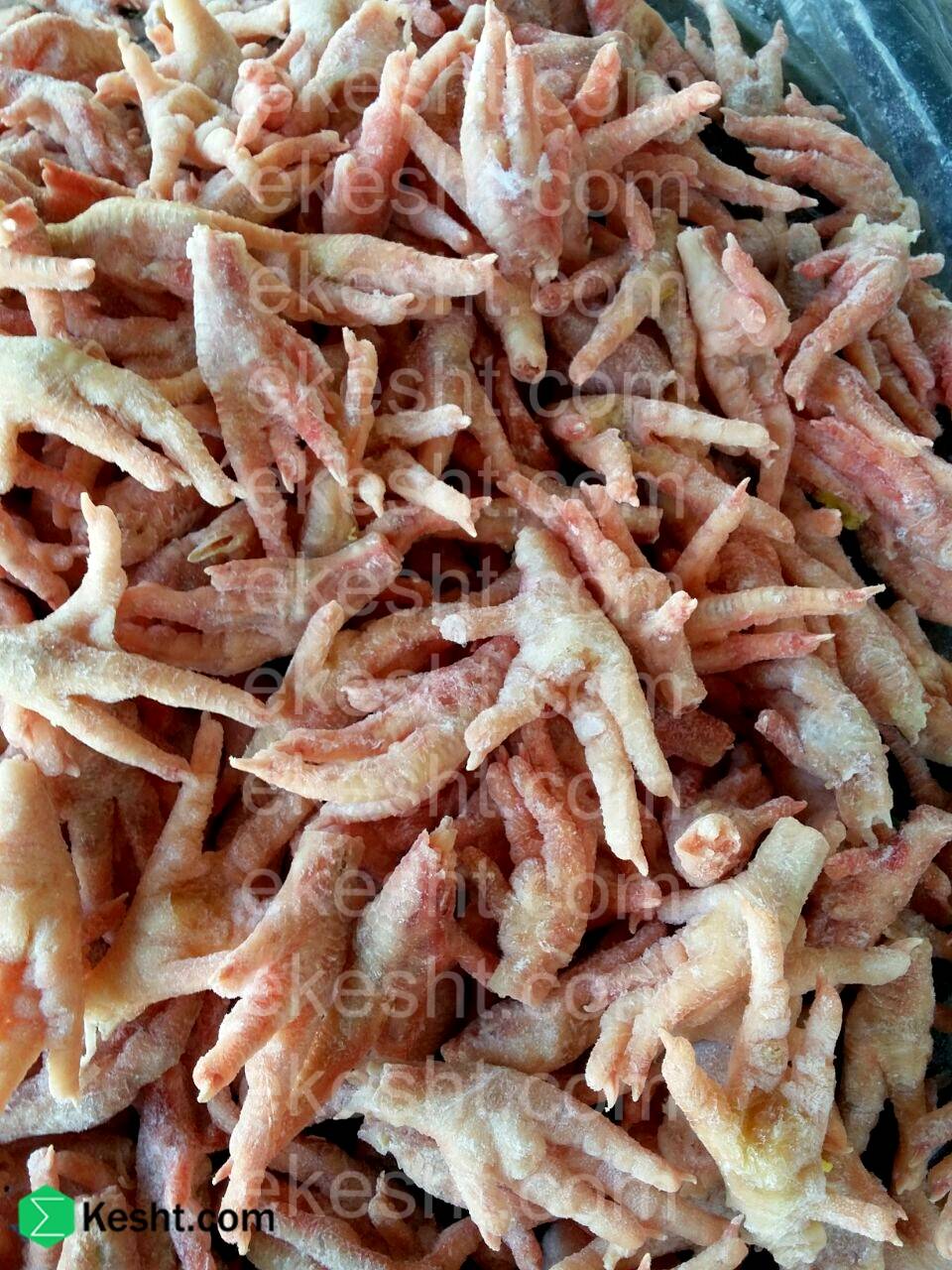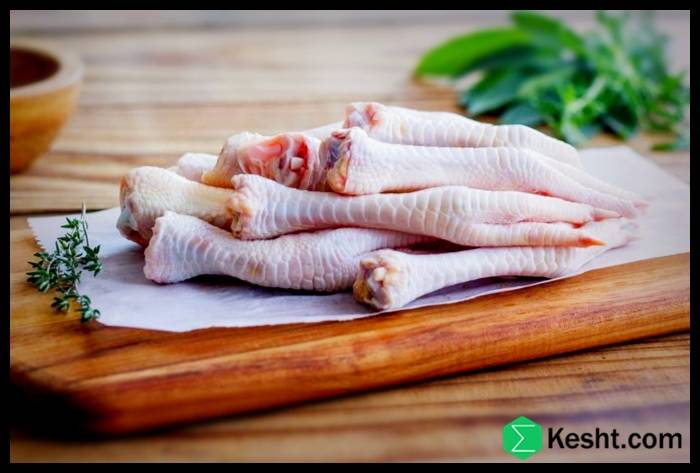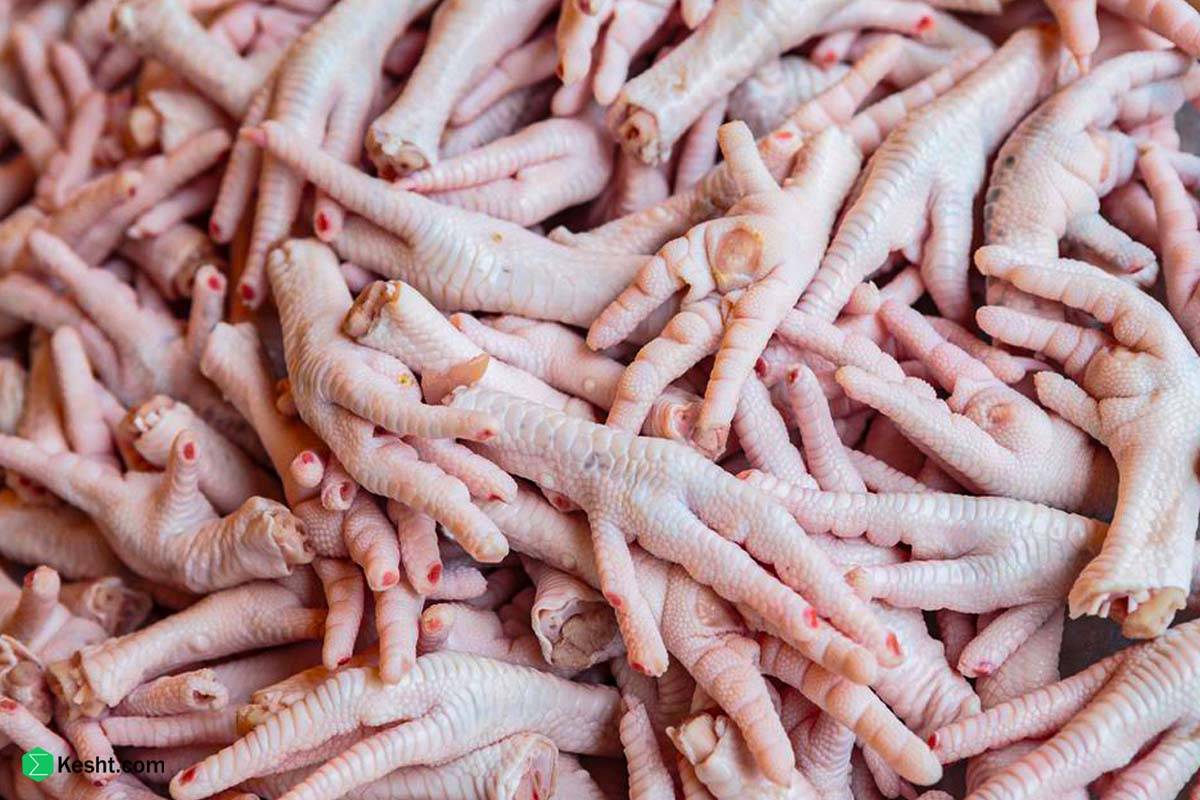Companies Extracting Chicken Feet Gelatin
Companies that extract gelatin from chicken feet typically operate in the food processing and pharmaceutical industries. Some well-known companies in this field include:
Gelita AG: One of the largest gelatin producers in the world, producing gelatin from various sources, including chicken feet.
PB Gelatins: This company produces gelatin products from various sources, including chicken feet and other animal sources.
Nitta Gelatin: Extracts gelatin from various sources, including chicken feet, and supplies it to different markets.
Rousselot: One of the largest gelatin manufacturers globally, producing products from various sources, including chicken.
D Gelatin: Known for producing gelatin from chicken feet and other sources.
For more detailed information and to identify local or regional companies, you can refer to specialized websites and industrial databases.
How is the process of extracting gelatin from chicken feet in these companies?
The process of extracting gelatin from chicken feet in companies typically involves the following steps:
Collection and Preparation:
Chicken feet are collected from slaughterhouses.
Waste materials and impurities are removed from the feet, and they are thoroughly washed.
Cooking:
The chicken feet are boiled in hot water or steam to release the proteins and collagen present in the tissues.
This stage usually lasts several hours.
Neutralization:
After cooking, the materials must be neutralized to achieve the appropriate pH for gelatin extraction.
This step is typically performed using an acid or a base.
Filtration:
The mixture obtained from cooking is filtered to separate larger particles and impurities.
This is usually done using special filters or centrifuges.
Concentration:
The gelatin solution is concentrated to increase the protein concentration.
This is commonly achieved by evaporating water.
Drying:
The concentrated solution is dried into thin films or turned into powder.
This stage may be carried out using drying machines.
Packaging:
The dried gelatin is packaged and prepared for shipment to the market.
This process may vary depending on the technology and equipment of each company, but the general principles are similar.
What types of filters are used in the filtration stage?
In the filtration stage for extracting gelatin from chicken feet, various types of filters are typically used:
Mesh Filters:
These filters have a network of small holes and are used to separate larger particles and impurities from the liquid.
Paper Filters:
Paper filters are commonly used to separate fine particles and impurities from liquids. They can act as a final filter.
Centrifuge Filters:
In this method, the liquid is rapidly spun, causing heavier particles to settle at the bottom. These filters are very effective for separating suspended particles from the liquid.
Membrane Filters:
These filters are made from semi-permeable membranes and can separate very fine and microbial particles from the liquid.
Activated Carbon Filters:
This type of filter is typically used to remove unwanted odors and tastes, as well as some chemical impurities.
The choice of filter type depends on the desired particle size and the final quality of the produced gelatin.
Are membrane filters essential for removing bacteria in this process?
Yes, membrane filters can be essential in the gelatin extraction process from chicken feet for removing bacteria and other microorganisms.
The use of these filters offers the following benefits:
Removal of Bacteria: Membrane filters with micron and nanometer sizes can effectively separate bacteria, viruses, and other microorganisms from the liquid.
Improved Quality of the Final Product: By removing microbial contaminants, the quality and safety of the produced gelatin are enhanced.
Increased Product Shelf Life: Reducing the microbial load extends the shelf life of the gelatin.
Improved Taste and Odor: Eliminating microorganisms can help enhance the taste and odor, removing unwanted substances.
Therefore, the use of membrane filters in the final stages of the gelatin extraction process can be considered an important step in ensuring the quality and safety of the final product.
What type of membrane filter is most suitable for this task?
For removing bacteria and microorganisms in the gelatin extraction process from chicken feet, membrane filters with the following specifications are typically used:
Microfiltration Filters:
These filters have pores sized approximately 0.1 to 10 microns and can separate bacteria and larger particles. They are very effective for separating suspended particles and microorganisms.
Ultrafiltration Filters:
These filters have smaller pores (about 1 to 100 nanometers) and can also remove proteins and viruses from the liquid. This type of filter helps improve the final quality of gelatin.
Nanofiltration Filters:
These filters are even smaller than ultrafiltration filters and can remove ions and smaller molecules. This type of filter is used in some processes to improve water quality and reduce microbial load.
Reverse Osmosis Filters:
If more contaminants and microorganisms need to be removed, this type of filter, which has very small pores, can be effective. However, the cost and complexity of this system are higher.
Does the choice of filter type depend on the specific needs of the process and the desired final quality?
Yes, the choice of filter type depends on the specific needs of the process and the desired final quality.
Are ultrafiltration filters effective in removing endotoxins?
Ultrafiltration (UF) filters can be effective in reducing endotoxin levels, but their efficiency depends on several factors:
Particle Size:
Endotoxins are typically made up of larger molecules, but their exact size can vary. UF filters can remove some of these larger particles.
Membrane Type:
The type and specifications of the membrane used in UF filters affect their efficacy in removing endotoxins. Some membranes may be specifically designed to remove or reduce endotoxins.
Process Conditions: Pressure, temperature, and operational conditions also influence the performance of UF filters. Optimizing these conditions can help improve the filter's effectiveness in removing endotoxins.
Overall, while ultrafiltration filters can be effective in reducing endotoxin levels, complete removal usually requires combining them with other methods, such as reverse osmosis or chemical treatments.
What characteristics do membranes designed for endotoxin removal have?
Membranes designed for endotoxin removal have specific characteristics that make them suitable for this purpose. These features include:
Pore Size:
The pores of the membrane must be small enough to effectively remove endotoxins (which are typically between 5 to 10 nanometers).
Selective Adsorption:
Some membranes are designed to adsorb endotoxins. This feature can help reduce endotoxin levels in the liquid.
Chemical Stability:
Membranes should be resistant to chemical conditions, such as varying pH levels and high temperatures, to maintain their effectiveness throughout the process.
Surface Area:
Increasing the contact surface area of the membrane can enhance its performance in removing endotoxins. Membranes with larger surfaces typically perform better.
Efficiency Across Contaminants:
Membranes should also be capable of removing other contaminants and microorganisms to improve the final product's quality.
Specialized Design:
Some membranes are specifically designed for endotoxin removal and may include additional features such as specialized coatings or nanocomposites.
These characteristics make membranes specifically designed for endotoxin removal effective in industrial and laboratory processes, contributing to the improvement of final product quality.
Can you provide examples of chemical methods for endotoxin removal?
Yes, there are several chemical methods for removing or reducing endotoxins, including the following:
Use of Chemical Compounds:
Polymers and Resins:
Some ion-exchange resins and specific polymers can effectively adsorb endotoxins. This method is typically employed in the final stages of purification.
Oxidation Using Chemical Agents:
Hydrogen Peroxide:
This substance can be used as an oxidizing agent to reduce endotoxin levels. However, it should be used cautiously to avoid damaging the final product.
Thermal Methods:
Pasteurization:
Heat can help reduce endotoxin levels. High temperatures (usually above 121 degrees Celsius) can lead to the degradation of endotoxins.
Use of Alkaline Solutions:
High pH Solutions:
Alkaline solutions can help break down the structure of endotoxins. This method may be employed at specific stages of purification.
Biological Methods:
Use of Enzymes:
Certain enzymes can specifically aid in the degradation of endotoxins, and this can be utilized in the purification process.
These methods can be used alone or in combination to reduce endotoxin levels in industrial and laboratory processes.
Chemical methods for endotoxin removal are widely used in various industries due to their efficiency and speed. Some of these methods include:
Oxidation with Chlorine:
Using chlorine as a strong oxidizer can help degrade the structure of endotoxins.
Monochloramine:
This compound also acts as an oxidizer and can help reduce endotoxin levels in water.
Potassium Permanganate:
This chemical, as a strong oxidizer, can assist in the degradation of endotoxins and other contaminants.
Specific Chemical Methods:
Some methods involve the use of specific chemicals that react directly with endotoxins to inactivate them.
Combination Methods:
Combining chemical methods with other purification techniques, such as filtration, can enhance the efficiency of endotoxin removal.
These methods are particularly valued in the pharmaceutical industry and the manufacturing of medical equipment due to their specific advantages.
To what extent can ultrafiltration reduce endotoxin levels?
The reduction of endotoxin levels using ultrafiltration (UF) filters depends on several factors, including:
Particle Size:
UF filters can typically remove particles larger than 1 nanometer, and endotoxins usually range between 5 to 10 nanometers. Therefore, some of these particles may be effectively removed.
Membrane Type:
The specifications of the membrane and the materials used can affect the efficiency of endotoxin removal. Certain membranes are specifically designed to perform better in this regard.
Operating Conditions:
Pressure, temperature, and process conditions can influence the filter's performance. Optimizing these conditions can aid in reducing endotoxin levels.
Overall, ultrafiltration filters can significantly reduce endotoxin levels, but complete removal usually requires combining them with other methods. The percentage of reduction can vary depending on the conditions but may range between 30% to 90%.





